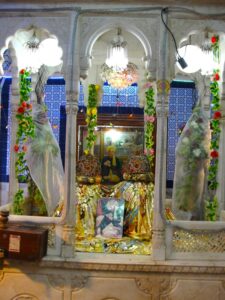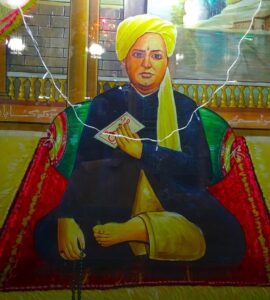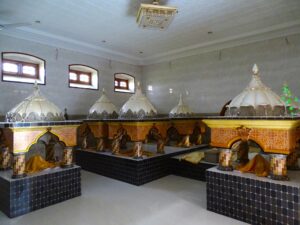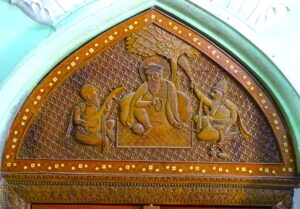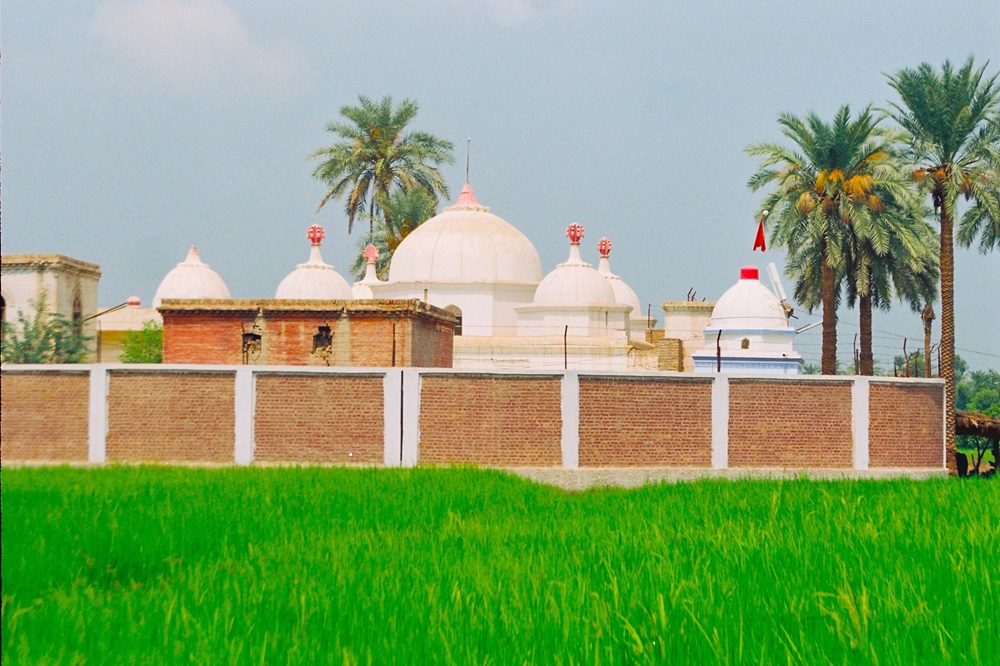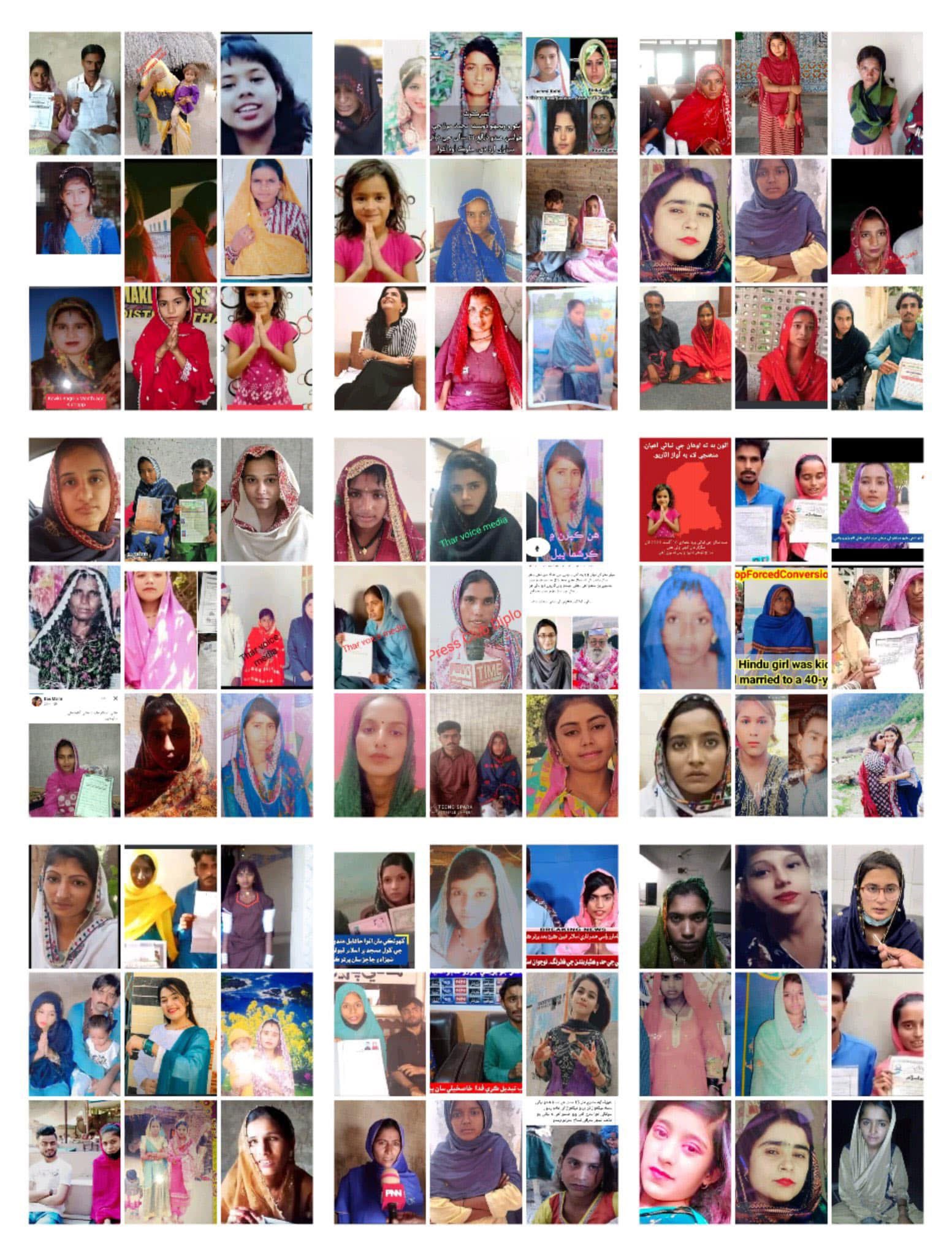A Monument of Faith and Architecture
The Swami Shankaranand Bharti Temple in Shikarpur, Sindh, stands out as one of the most remarkable Hindu shrines in the region. According to heritage studies, the temple was founded by the ascetic Swami Shankaranand Bharti of the Bharti renunciatory order and features stunning woodwork, marble carvings and richly decorated samadhis (shrine-tombs).
The temple is not merely a place of worship; it is a living archive of cultural exchange and spirituality. Its architectural style blends Sindhi craftsmanship- especially in its carved wooden doors—with Hindu iconography and Udasin-Sikh influences. For example, the temple’s main door bears images of Guru Nanak Dev and his companions, reflecting the syncretic heritage of the site.
Historical Context
Located near the Sindh Wah in Shikarpur, the temple belonged to a region once filled with Hindu ascetics, marhis (monastic dwelling-places) and samadhis of various orders. Shikarpur was unique in Upper Sindh for housing a Bharti order shrine.
Over the years, however, many of the city’s Hindu religious places suffered neglect, conversion, or loss of maintenance after the 1947 Partition. One 2010 report noted that the temple was “out of sight and soon out of mind” because worshippers avoided it due to safety and security concerns.
Present Challenges: Occupation and Decay
While the temple remains important, it faces serious threats. According to a detailed article, parts of the complex have been occupied by private residents, and some of its buildings have been repurposed or white-washed, diminishing the site’s integrity. The article states:
“This temple is currently occupied by a Muslim family. The residents have whitewashed its interior.”
The decay of heritage features is also documented: mural paintings are crumbling, ornate doors have been sold, and the broader precinct lacks the formal protections or active restoration efforts needed to preserve it.
The Issue of “Under Siege”
The phrase “under siege” is apt for this temple because:
-
It is a rare surviving Hindu shrinal in a region where many others have been lost or converted.
-
Its structural and aesthetic condition is degraded, which threatens long-term survival.
-
Its occupation by non-custodial residents raises concerns about access, use and heritage rights.
-
The absence of adequate security, official recognition and conservation funding leaves it vulnerable.
Why It Matters
This temple is significant on multiple levels:
-
Cultural heritage: It preserves rare craftsmanship (wood carving, inlaid doors) and syncretic religious art.
-
Religious history: It marks the presence of Hindu ascetic traditions (Bharti order) in Sindh.
-
Community identity: For Hindus in Shikarpur and beyond, it is a link to legacy and continuity in a changing socio-religious landscape.
-
Heritage justice: The risks it faces highlight broader issues of minority religious sites in Pakistan—access, restoration, legal protection.
Call to Action
Heritage specialists and activists suggest immediate steps:
-
Clear documentation of the temple’s remaining original features (doors, murals, domes).
-
Secure formal protection under provincial heritage laws; ensure the site is legally recognised as religious/cultural property.
-
Restore key elements using traditional materials and local artisans to maintain authenticity.
-
Ensure the Hindu community has meaningful access and the right to continue worship or commemoration.
-
Raise awareness- locally and internationally—about the condition of such sites, to generate funding, oversight and pressure for conservation.
